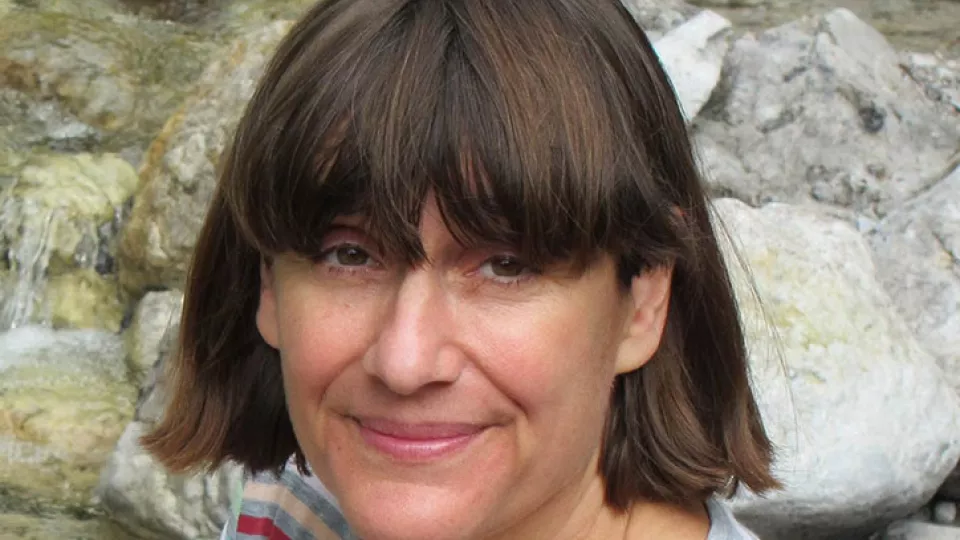Götz recounts that the discovery was not exactly welcomed with open arms by everyone in the field.
“It caused an upheaval. Many people claimed that it could not be right. But looking back, that did not matter so much, as the concept we developed proved to be correct”, Götz observes today.
At the time, when she had to defend herself and her findings, it was frustrating. “When you make a discovery of that magnitude, you face a barrage of questions that people think you should be able to answer. We had seen that the radial glial cells are stem cells; they divide and generate nerve cells. But we did not know exactly how that process occurred.”
We speak over Zoom ahead of Götz holding the prestigious Segerfalk lecture. Those glial cells proved to be extremely significant for the development of brain cells in the foetus, whereas they later disappear almost completely from the adult brain. Unfortunately, this means that the ability to form new nerve cells capable of replacing those lost through injury or disease thereby also disappears.
However, the discovery that glial cells generate nerve cells in the developing brain, lead Magdalena to discover that it was also possible in the adult brain to reprogramme the cells using the right transcription factors. Also this was initially disputed, but then started the entire new field of direct reprogramming to replace degenerated neurons.
“If we had been alone in continuing to claim this was possible, it would not have felt as good. But other researchers also picked up the trail. The positive thing about competition in research, despite its potential for discomfort, is that it helps you to show whether you are right.”
A lot has happened in research on glial cells since that control experiment. Magdalena Götz’s research team focuses on mapping the key mechanisms behind neurogenesis – the process by which new neurons are formed, during foetal development but also in the adult brain. By studying the actual formation of new neurons, the research team aims to find out whether the mechanisms behind this process can provide clues to the potential replacement of lost brain cells.
One method that Magdalena Götz has pioneered is neuronal reprogramming and she has high hopes for the technique’s potential.
“This approach can also be used in other fields besides brain diseases. There are many conditions in which cells die and cannot be replaced, such as myocardial infarction, where the heart’s muscle cells die and are not replaced as there are no stem cells in the heart. But there is beautiful data showing that it is possible to convert the cells that form scar tissue in the heart into new muscle cells. This could eventually become a form of treatment.”
A number of obstacles still remain to be overcome.
“When it comes to the brain, we need better understanding of how the nerve cells are connected. Research by Anders Björklund and Malin Parmar has been very significant with regard to transplantation of nerve cells in the brain. Now we need to ensure that what they have proven for transplanted nerve cells also works in the case of cell reprogramming.”
